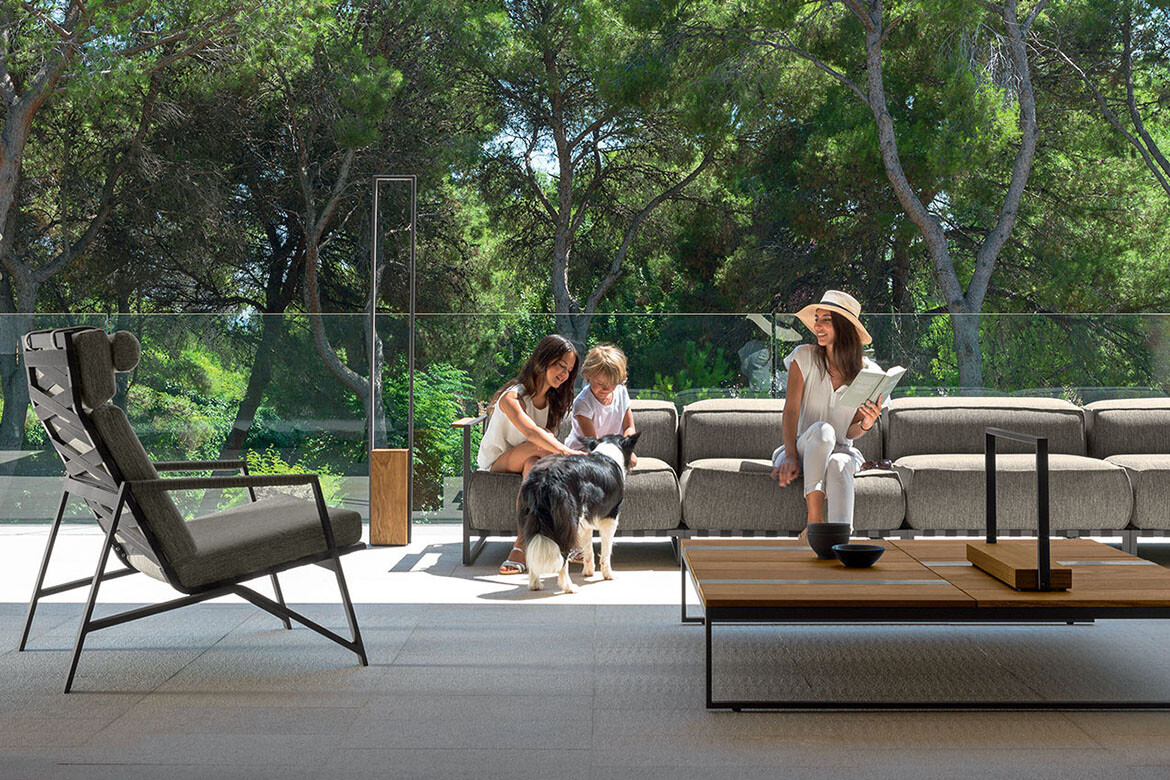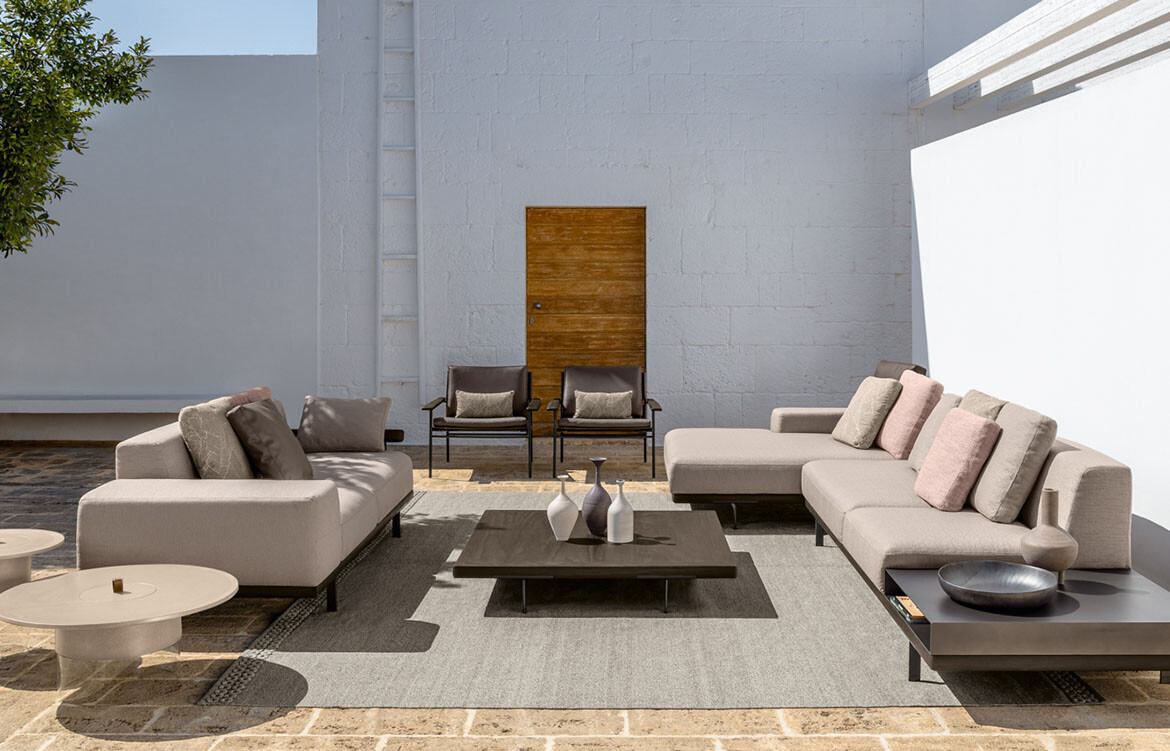There exists an ever-growing body of literature that promotes the benefits of human interaction with nature. In Japan, forest bathing is a time-honoured exercise that is believed to ward off illnesses. In Singapore, the practice of biophilia in design (a term popularised by Edward O. Wilson in 1984) and of building therapeutic gardens and community farms has become widespread.
But the need to get away from the city to green spaces that promote wellbeing is an ancient impulse. They range from fanciful imperial retreats and country cottages to the humbler, present-day holiday campsites for families.
With climate change and frantic urban living the reality for most people today, there is a rise of a different kind of getaway that is not themed after luxurious resorts for the well-heeled indulged within fenced premises.

Rather, they advocate a closed-loop, ecological lifestyle and while offering a restorative holiday, surreptitiously question the toll that relentless productivity, reliance on genetic engineering, and increasing energy consumption inflict on the land and food we consume.
They take the form of farm stays and therapeutic retreats with digital detoxes thrown in, where air-conditioned comfort is not a given, but guests can rough it out and go back to basics, in tune with the rhythms of the day and task of the hour.
Their compounds are not necessarily gated and guests can interact with the local community and participate in planting and harvesting activities alongside with them. One such retreat is the Sukasantai Farmstay, a family-owned and run organic vegetable farmstay located on the highlands of Gunung Gede, Sukabumi, Indonesia.
“With the growing disconnection of people not knowing how and where food comes from, the farm hopes to reconnect this disjuncture.”

The 6-hectare farm had its beginnings as a hobby project to supply the family with vegetables free of synthetic fertilizers and pesticides, but soon grew into a small home-delivery enterprise, selling organic vegetables directly to consumers in Jakarta using recycled crates. The idea then evolved into building a farm stay as a means for city dwellers to be reacquainted with nature and the origins of their food supply.
“With the growing disconnection of people not knowing how and where food comes from, the farm hopes to reconnect this disjuncture,” said Stephanie Moriyama, owner of Sukasantai Farmstay. The original family bungalow is preserved on-site and an independent, larger wing of accommodation was added on a sloping terrain next to it. Stephanie, a trained landscape architect, engaged an architect she had collaborated with on a previous project in Singapore to design the new wing on the farm. This became one of the impetus for architect Zhenru Goy to launch her practice in 2015.
“The architecture was crafted around the existing mature trees such that guests can enjoy [them] from the interior.”

At Sukasantai, both Stephanie and Zhenru employed the simplest and most restrained of approach to consolidate the programme and layout of site. They eschewed the dispersed chalet layout so that guests are compelled to socialise and room service can be simplified.
All 12 bedrooms the farm offers are lined across a linear block stretching some 75 metres over a terrain that dips gently down. They open out to a view of the bamboo forest valley while the bathrooms effectively become a barrier screening them from the noisier public road. The mid-point of this wing is bisected by a dining hall that spatially divides two implied courtyards of the wing.
“Our design was also informed by the existing mature trees on-site,” says Zhenru. “A 10-metre-tall ficus elastica tree is our main feature for the dining space. We framed the tree by terminating the gable end wall with glass – showcasing the robust trunks and verdant leaves. The architecture was crafted around the existing mature trees such that guests can enjoy [them] from the interior.”
The development is a showcase of building sustainably with the land, respecting its topography and trees.

The dining hall is anchored by an open kitchen with self-serving dining concept, and guests are encouraged to participate in authentic “farm-to-fork” experiences such as vegetable harvesting, fruit picking, fishing, bamboo shoot hunting, sourdough bread workshops, tempeh making and other means of working for their meals. The rich volcanic soil here is host to over a hundred varieties of vegetable, medicinal plants, tropical fruits such as guavas, soursop, jackfruit, durian, and up to ten varieties of local bananas. They give the farm biodiversity that a purely commercial orchard would have lacked.

With its all-year-round cool and wet montane climate, the high-ceilinged rooms are not air-conditioned, nor are the major roofs padded with insulation. “We had to convince the engineer to try his utmost to design the roof structure to be free of any bracing struts,” Zhenru explains, “because we wanted it to be as simple as possible.” Rainwater falls freely over the eaves onto gravel-filled swales and drains downwards to a fishpond, then a reservoir where it is used for irrigation by gravity flow alone. The development is a showcase of building sustainably with the land, respecting its topography and trees, working with locally available materials and workers to build and operate with.
The understated vernacular design allowed the natural beauty of the site with its volcanic mountain as a backdrop to shine through without intrusive embellishments. There are no unnatural trappings of Wi-Fi, swimming pools, tennis courts or spas as the social enterprise agenda takes spatial precedence over the built environment. The effect is therefore not unlike a naïve painting of an extended habitat by a child; a staggered pitched roof shading open rooms amidst verdant palms. At night, lighting is kept discreet so that on a clear night, there will be no light pollution to mar the view of the stars, and that is about as unimposing and light-footed as one can get.
Goy Architects
goyarchitects.com
We think you might also like Aman Kyoto by Kerry Hill Architects

















